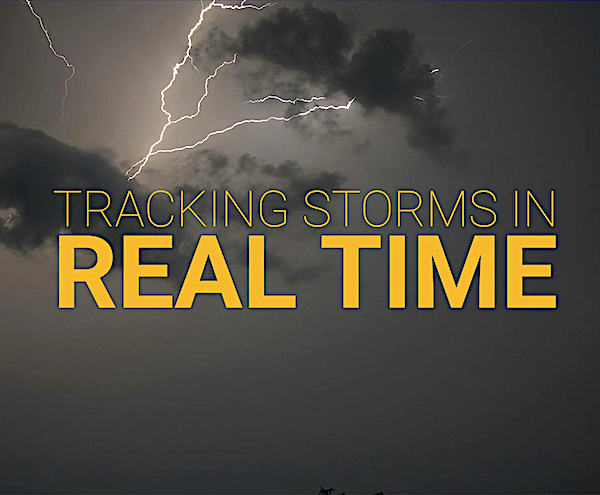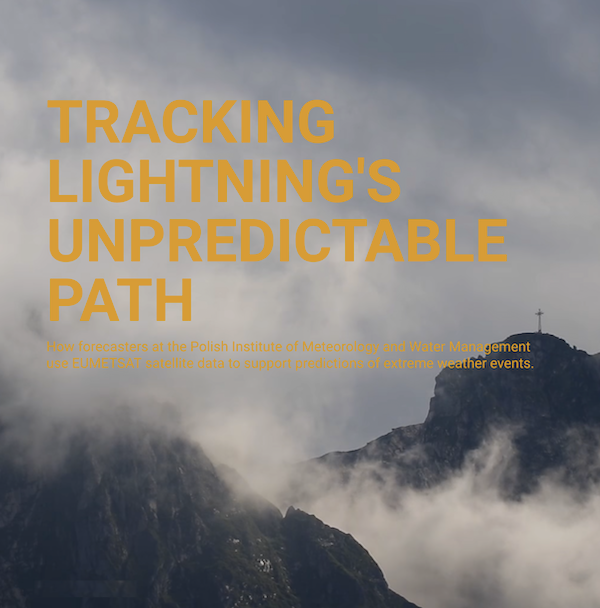
Set to be launched this July, the Meteosat Third Generation Sounder 1 (MTG-S1) satellite will make a crucial contribution to doing just that. The first European satellite in geostationary orbit to carry a hyperspectral sounder, its instruments will complement those of the first satellite in the MTG fleet, Meteosat-12.
Once in orbit, these two MTG satellites will follow the Earth as it rotates, remaining in their shared orbital slot about 36,000km above where the equator cuts through the Gulf of Guinea, off the west coast of Africa. By sharing an orbital slot — a technique known as colocation — the observations collected by the instruments on each platform will be as though from the same platform. Together, these instruments will provide data that will enable meteorologists to level up their forecasting of severe storms.
“Before MTG, some part of the picture of the development of a storm was missing,” said Dr. Jochen Grandell, EUMETSAT’s MTG Programme Scientist.

“For example, we saw the growing clouds, however, we did not see the early lightning, which indicates a storm’s severity. Now, meteorologists will be able to receive observations for the whole life cycle of a storm using data from MTG instruments together.”
The initiation of severe thunderstorms hinges on atmospheric instability — an overlap of low-level humidity and strongly decreasing temperature with increasing height — combined with lift caused by a convergent wind field or mountain range.
“As of now, this developing instability cannot be followed by measurement data,” said Alois Holzer, Director of Operations at the European Severe Storm Laboratory.
“Currently, the only way of observing the Earth’s atmosphere in certain regions is by using in-situ instruments such as weather balloons and probes attached to aircrafts — without them, there is simply no way of observing what is happening above the surface. Forecasters can rely on models for guidance but cannot follow the conditions with measured data to see if things are developing as expected. That is what is so exciting about the new sounder satellite — for the first time, it will be possible to closely follow how the atmosphere prepares itself for a thunderstorm.”
The 4D weather cube, depicted in the animation below, is a valuable tool for visualising the complementarity of four different data sets — atmospheric profiles, winds, convection, and lightning — from three key MTG instruments…more
Article by author Sarah Puschmann continues.
